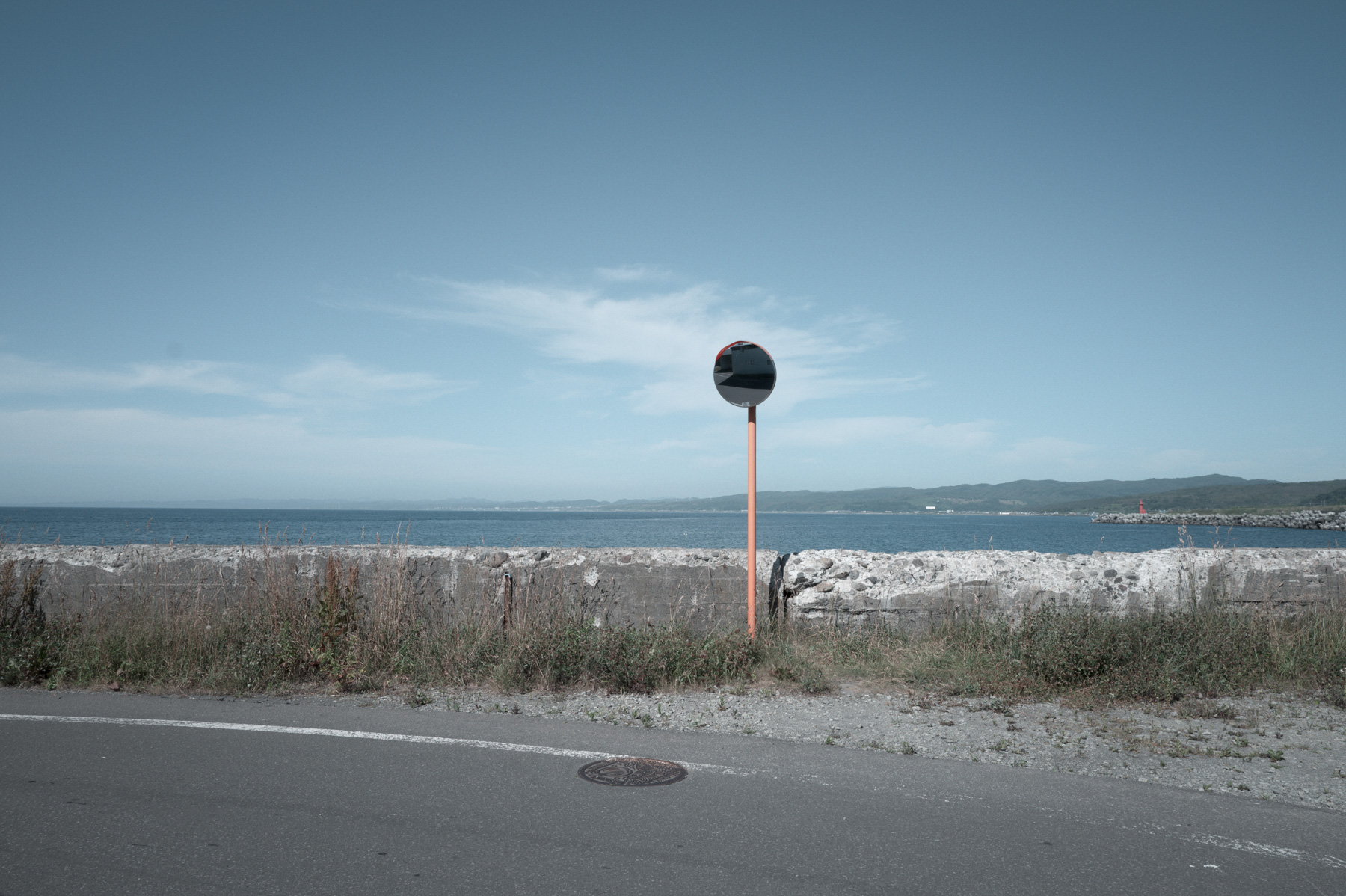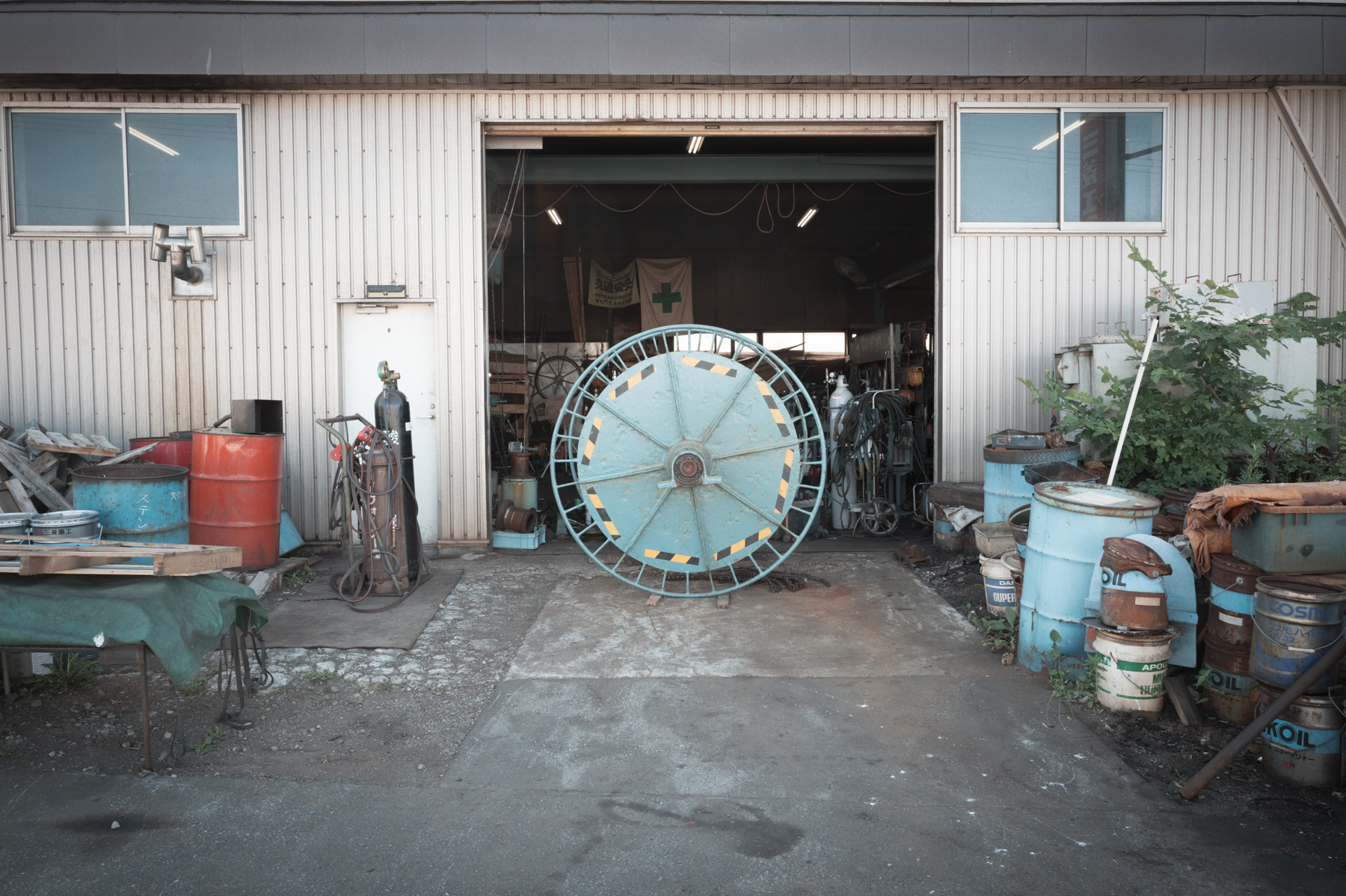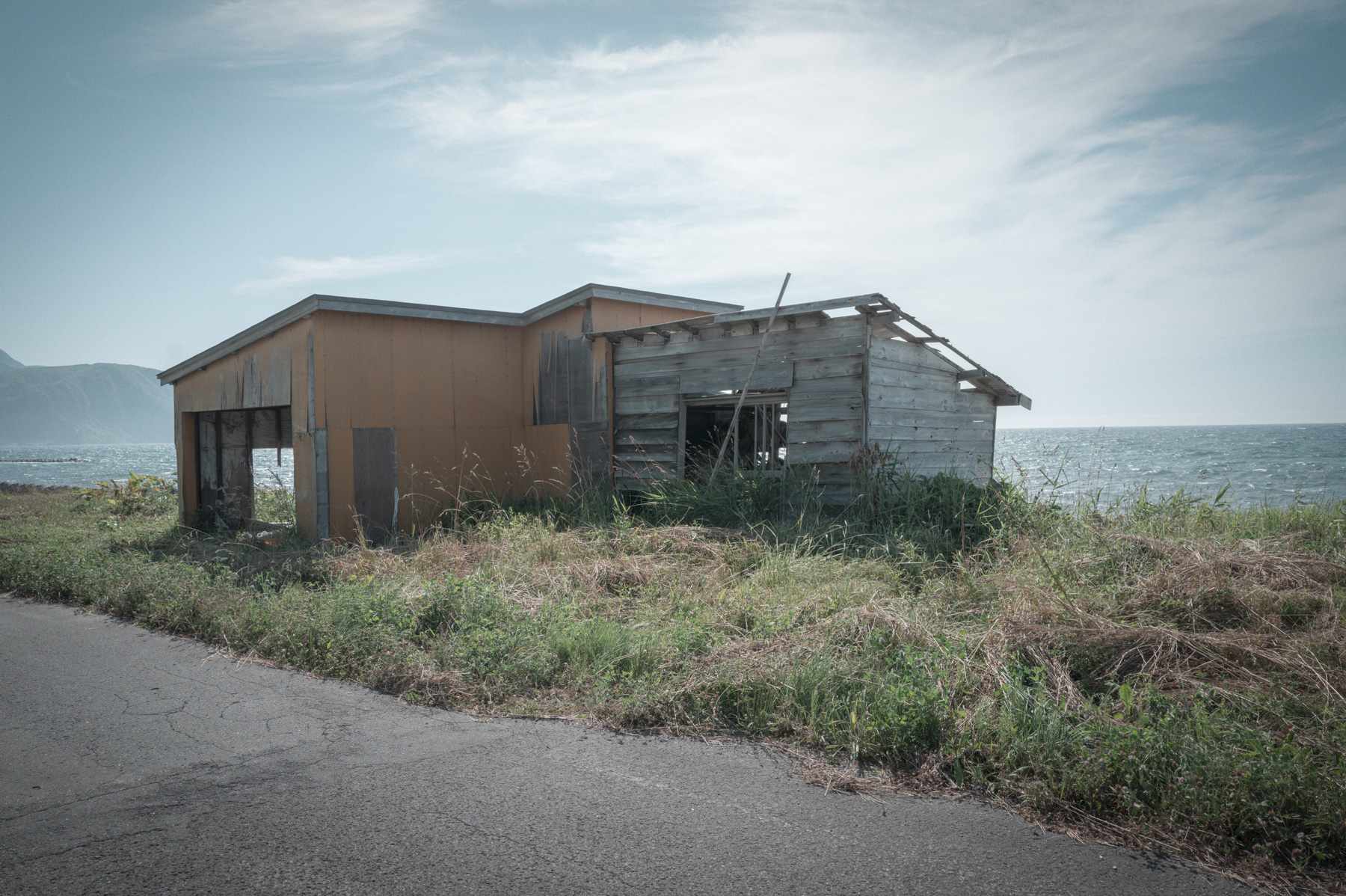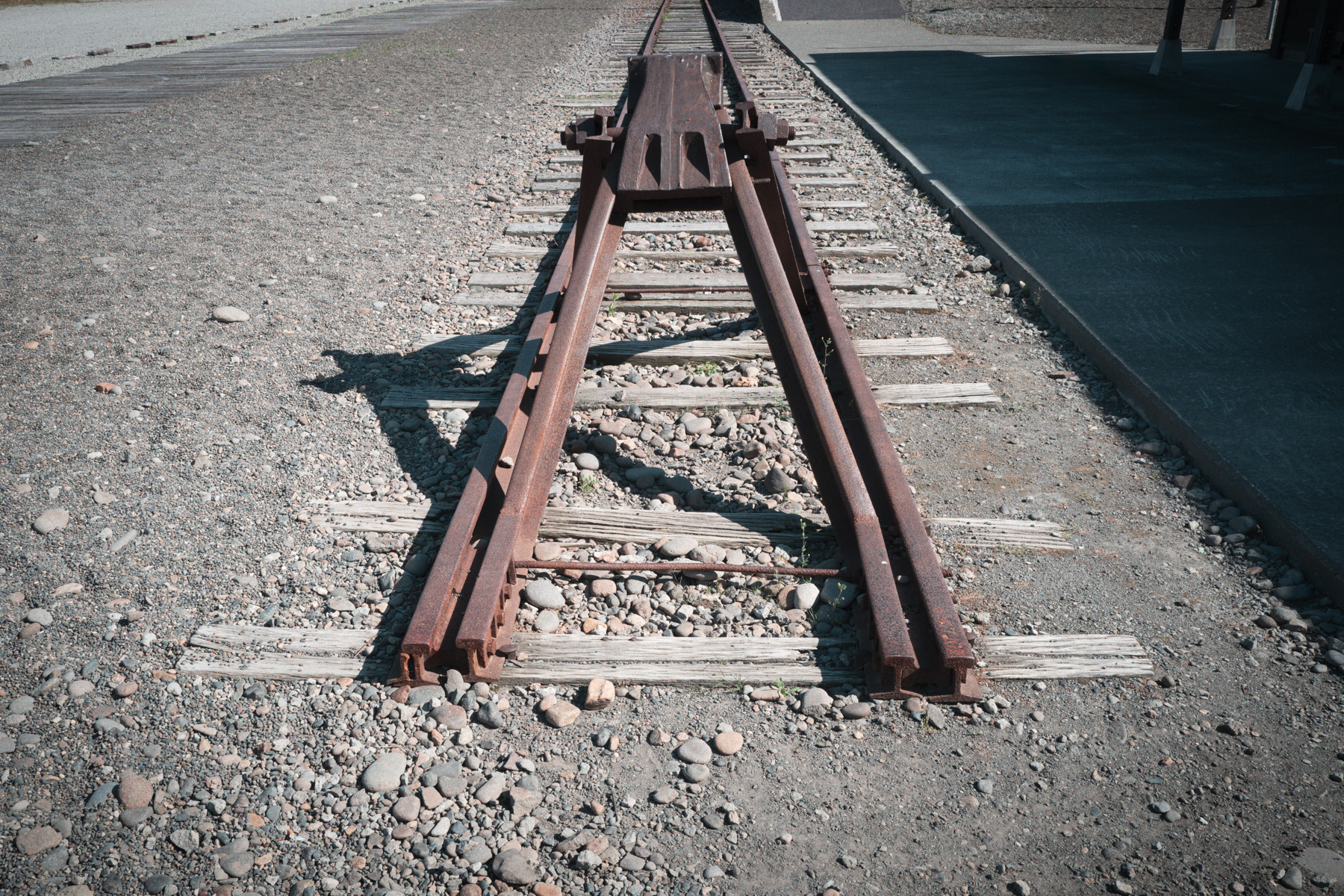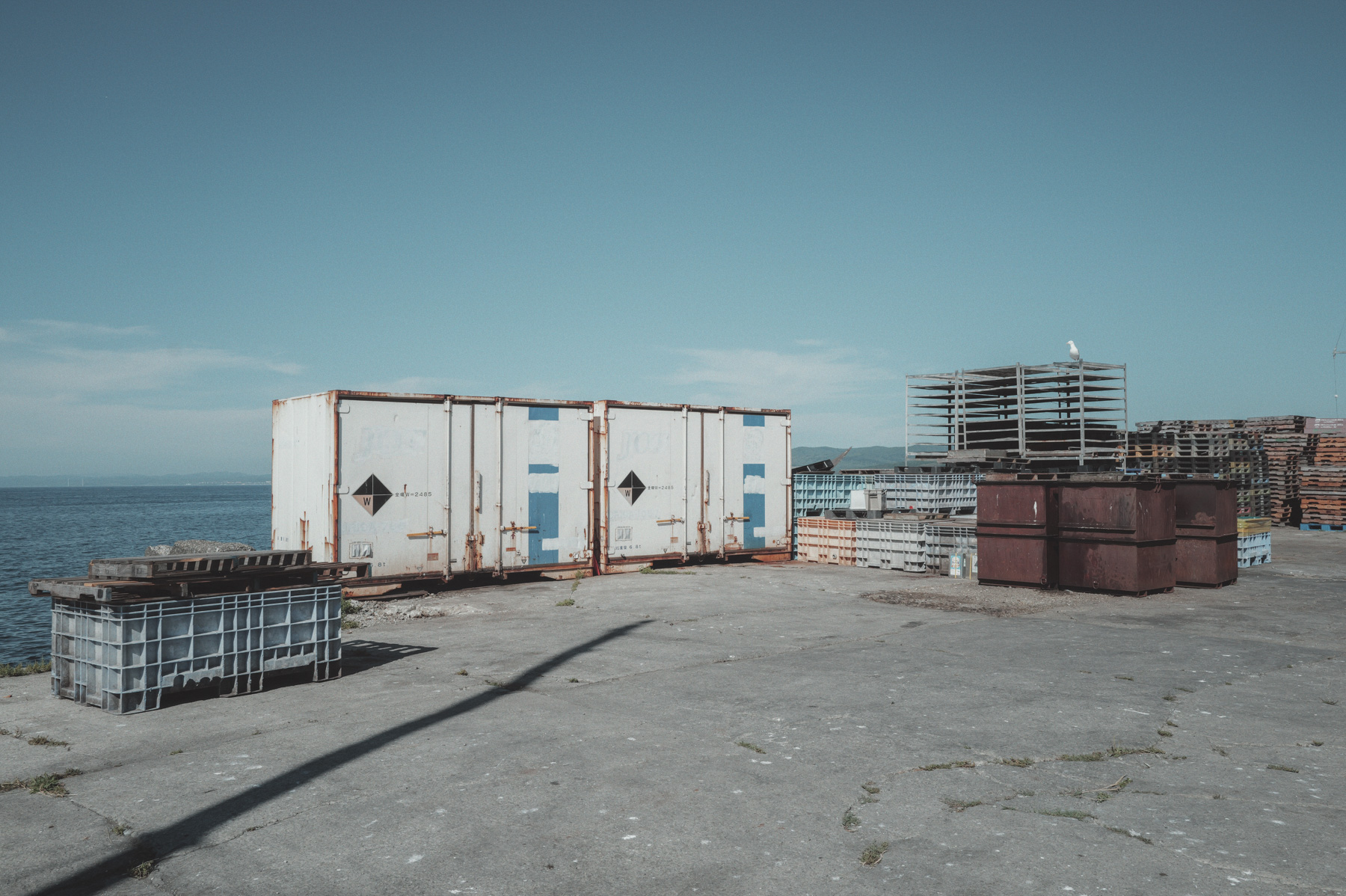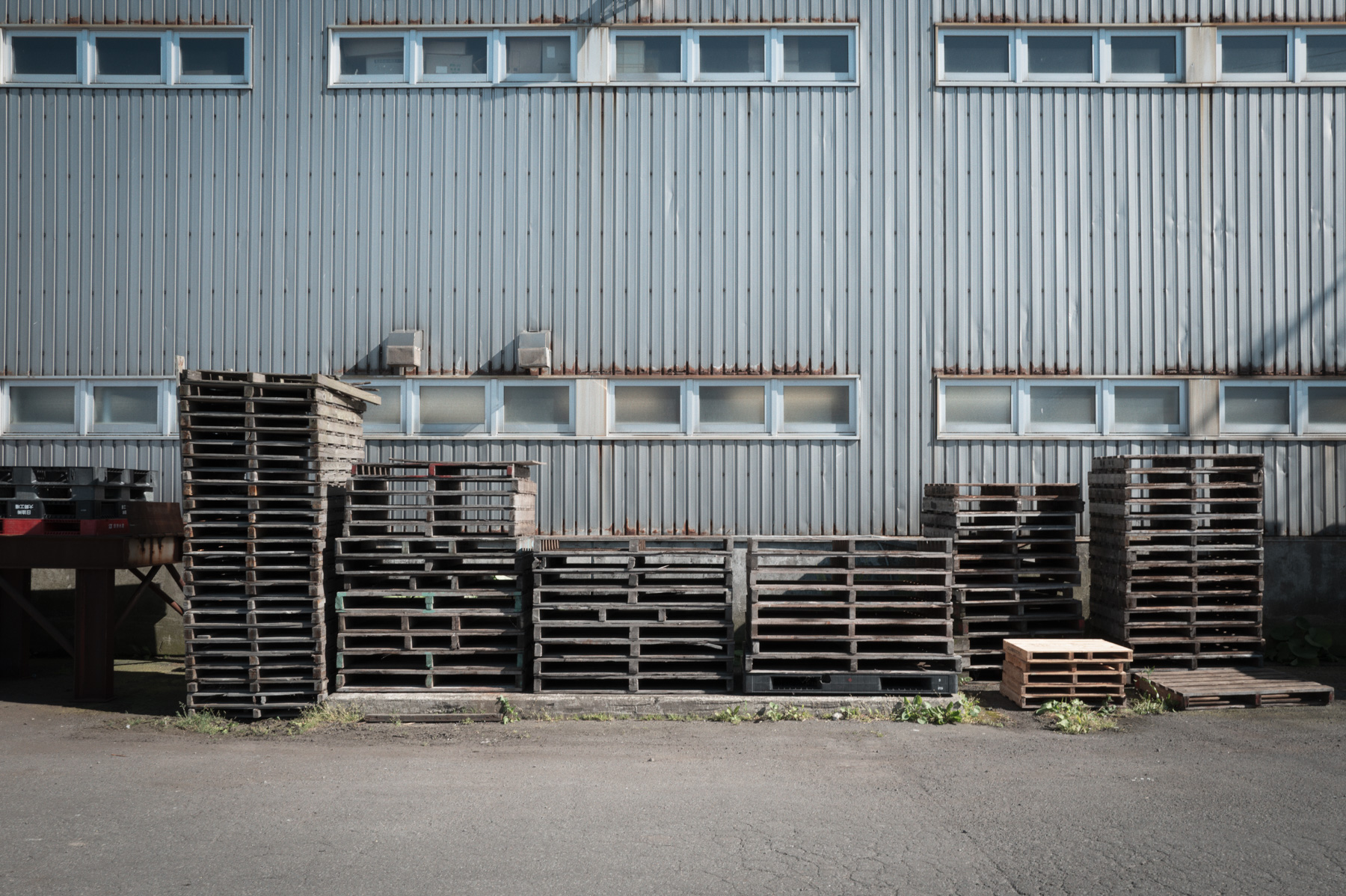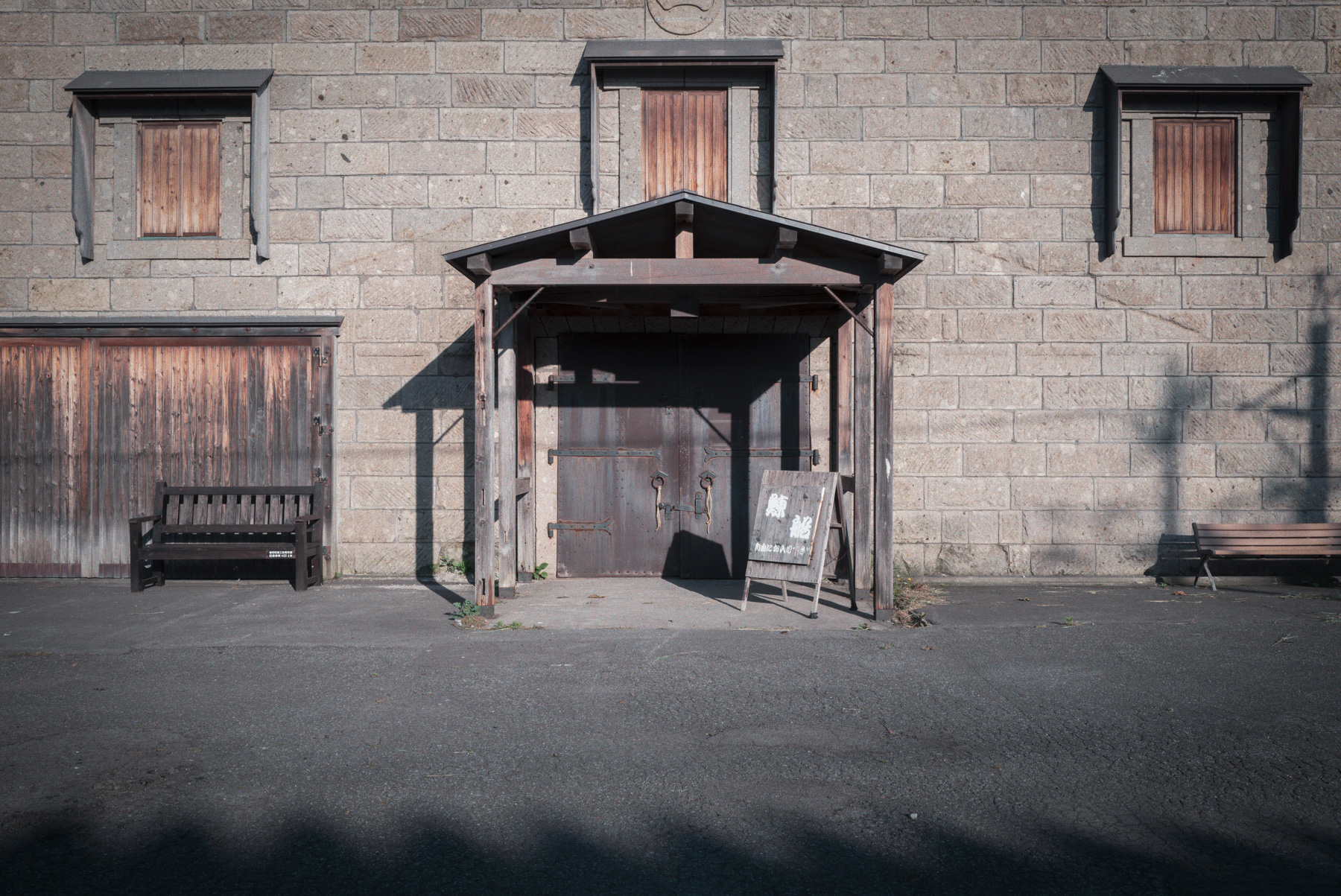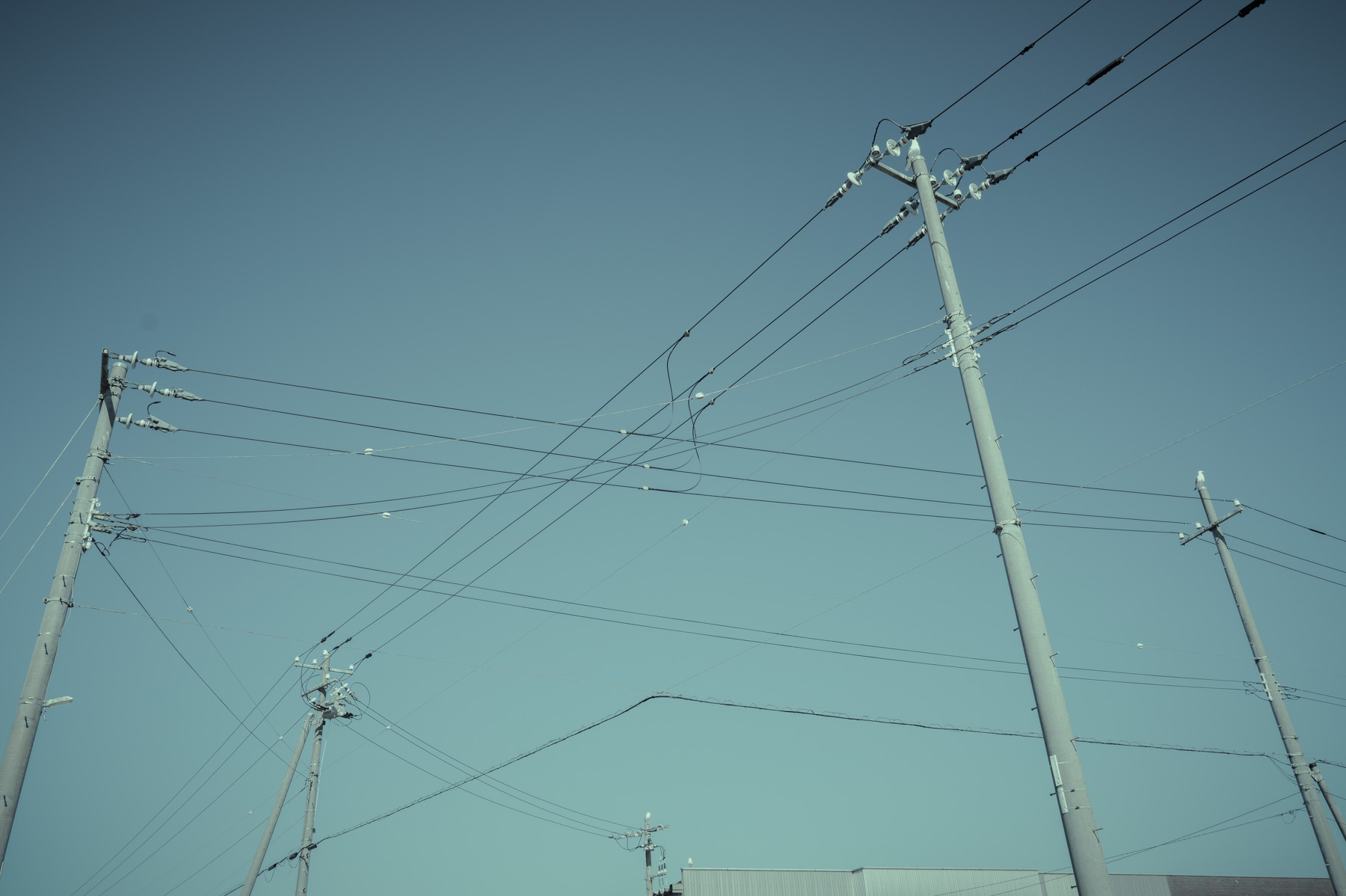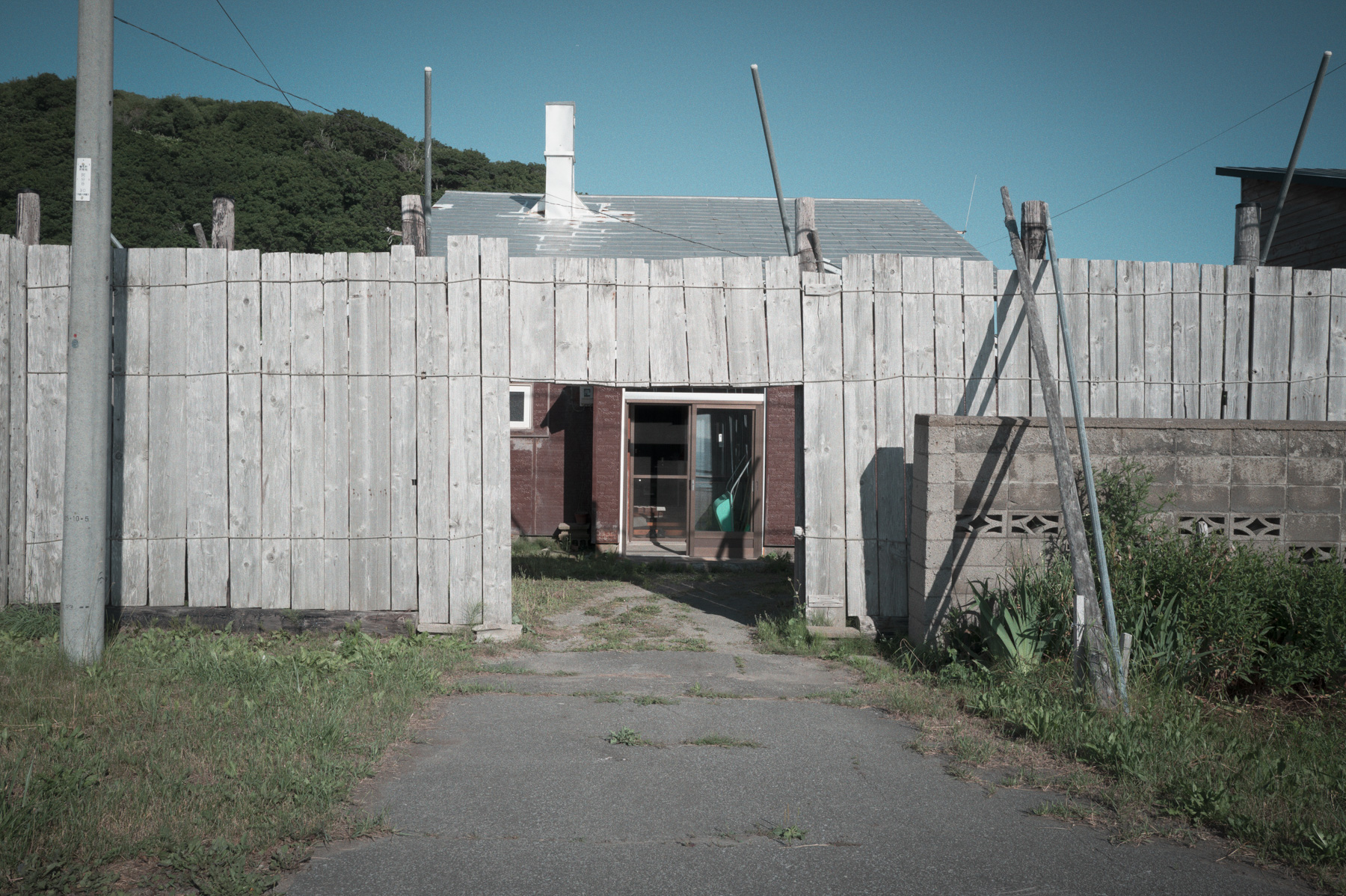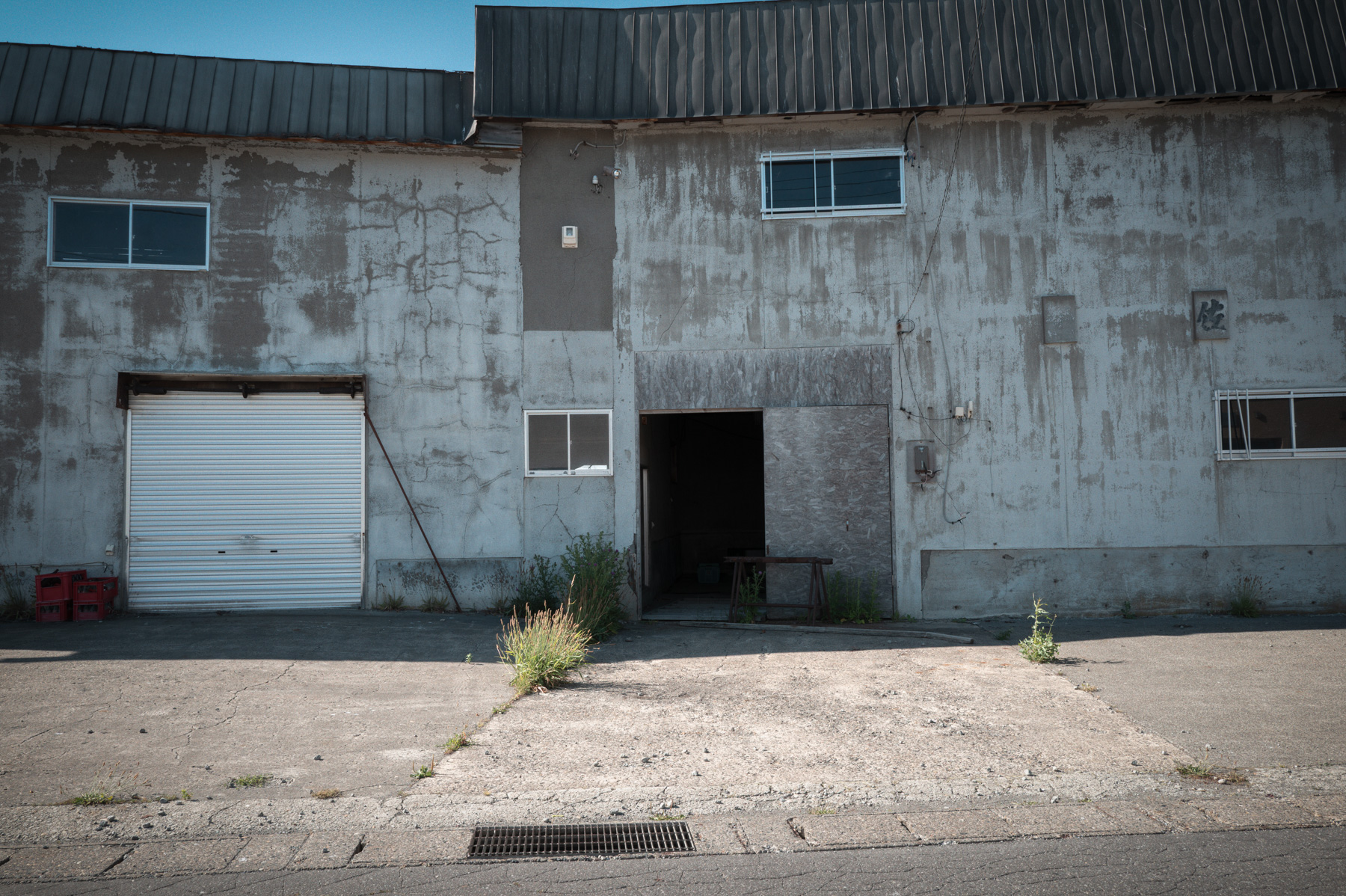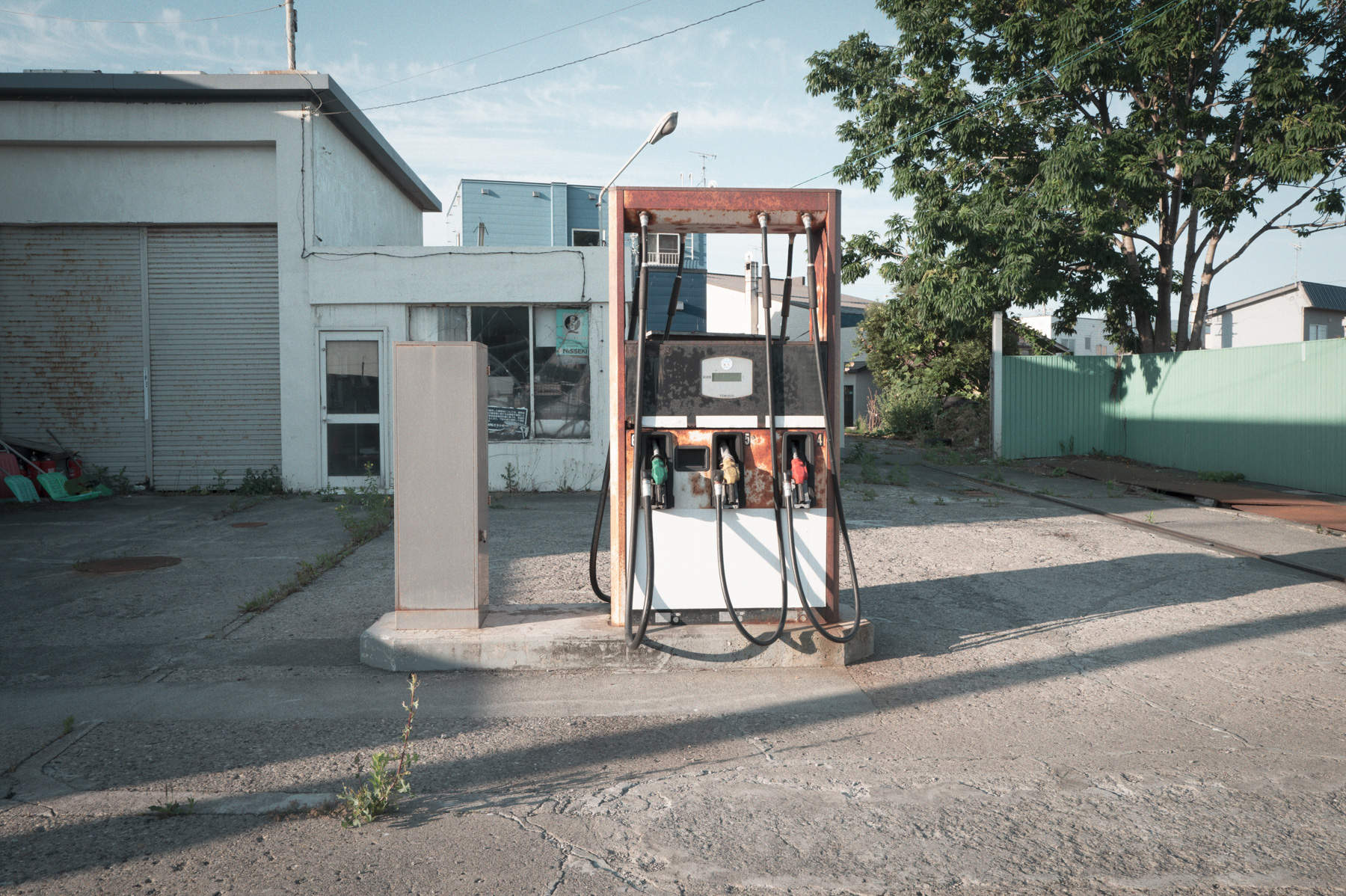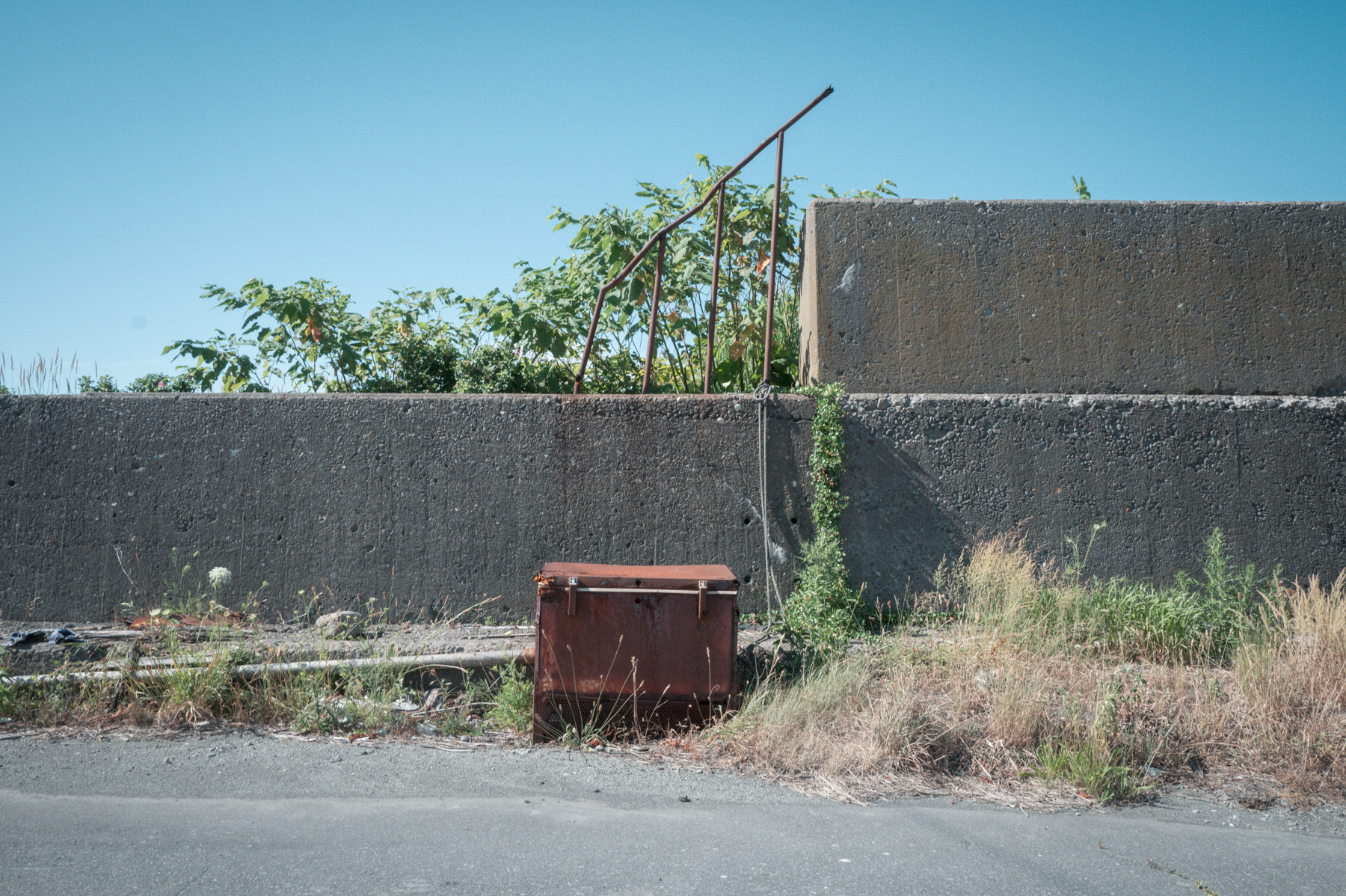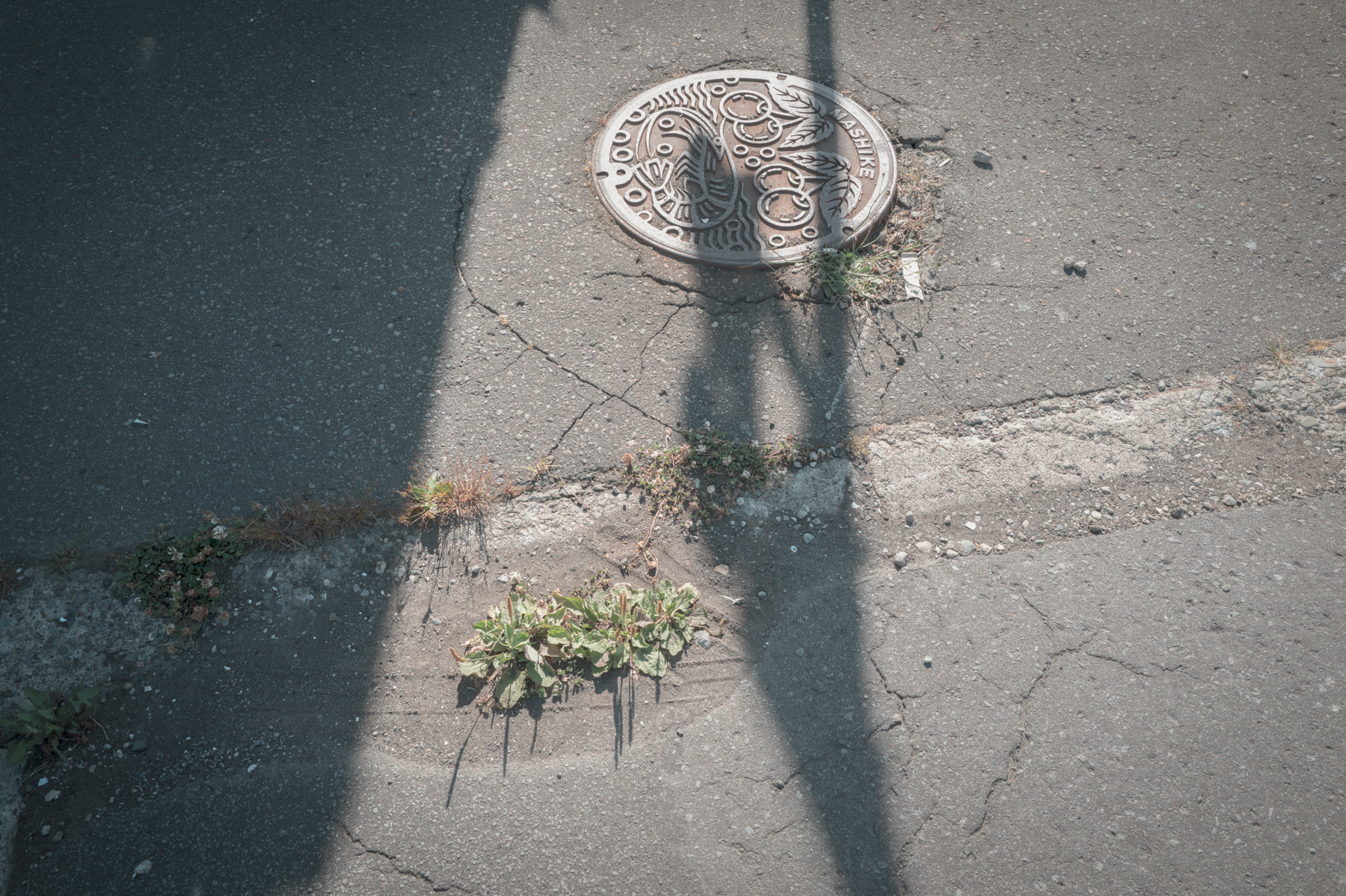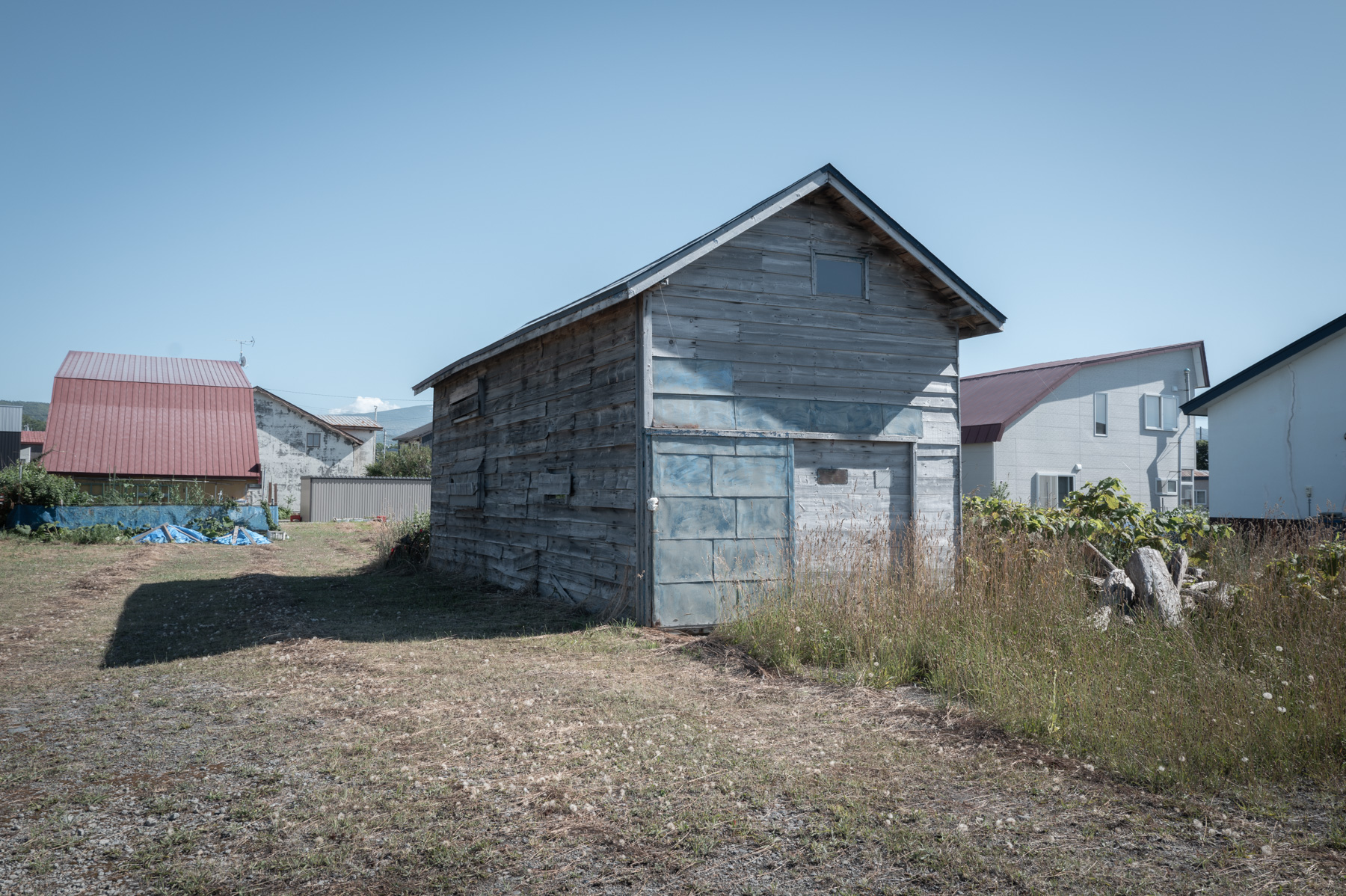Mashike in negative film tone
/ Hokkaido
増毛町は留萌市より南に15km南に下がったところにある人口3900名ほどの小さな町であり、私の好きな町の一つで留萌まで行くたびに足を延ばしている。以前は深川よりJR留萌線が通っていたが2015年に廃止されてしまった。水産加工が盛んな町であり、また最北端の造り酒屋「国稀酒造」等歴史的建造物も多い。増毛小学校は1800年に開校し145年の歴史がある。背後に暑寒別岳があり9月には暑寒別川を鮭が遡上する。この町は三国シェフの育った町でもある。
そんな増毛だが町を歩くと、歴史的建造物を除けば結構カラフルな色合いの建物が多い。この地方は冬には季節風や荒れた日本海の影響もあり色の少ない暗い景色となるが、そのような中でほっとするような色を作り出している。今回は普段撮っているモノクロームではなくカラーとして増毛の色を意識してみた。歴史ある町なので、カラーネガ調の仕上げを意識したが、あくまで私の持っているイメージである。
Mashike is a small town of about 3,900 people, located roughly 15 kilometers south of Rumoi in Hokkaido. It is one of my favorite places, and I make a point to visit whenever I go to Rumoi. Once connected by the JR Rumoi Line from Fukagawa, the railway was discontinued in 2015. The town is known for its thriving seafood processing industry and is home to many historic buildings, including Kunimare Sake Brewery—Japan’s northernmost sake producer. Mashike Elementary School, founded in 1880, boasts a 145-year history. Behind the town rises Mt. Shokanbetsu, and in autumn, salmon swim upstream in the Shokanbetsu River. Mashike is also the hometown of the renowned chef Kuniaki “Kuni” Mikuni. As I walked through the town, I noticed that many buildings, apart from the preserved historic structures, were surprisingly colorful. Winters here are long and harsh, with seasonal winds and the gloomy backdrop of the Sea of Japan. Perhaps it is precisely because of this climate that these gentle colors bring a sense of warmth and relief. This time, instead of my usual monochrome photography, I focused on capturing the colors of Mashike. The town’s deep history inspired me to give the images a color-negative feel, not in a literal sense, but as a reflection of the impression Mashike leaves in my mind.
